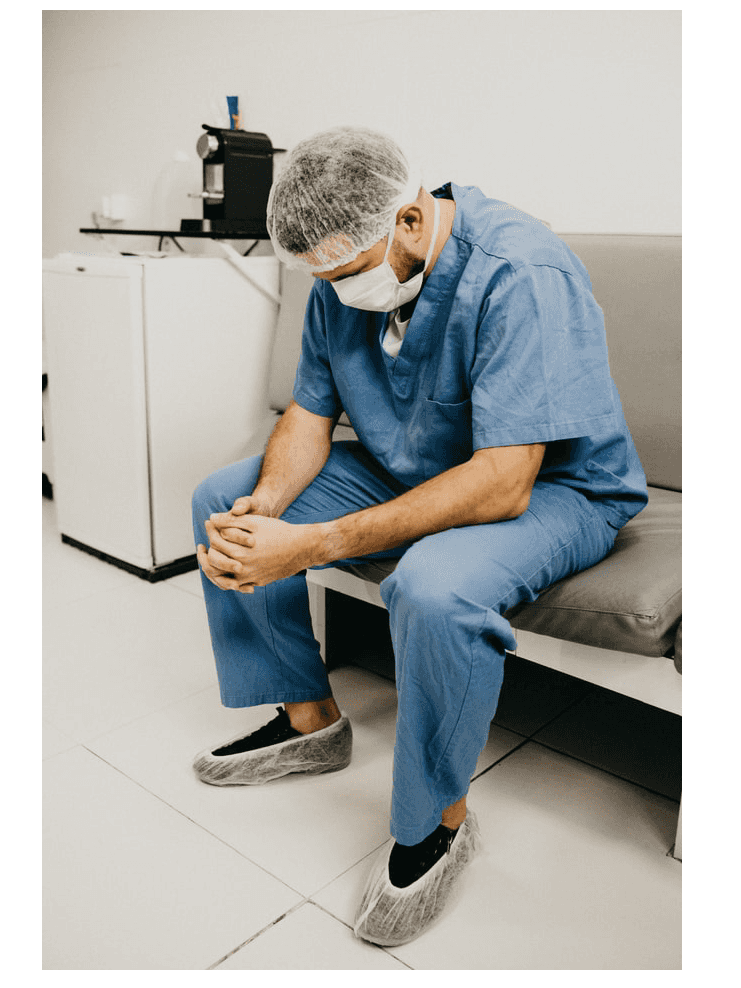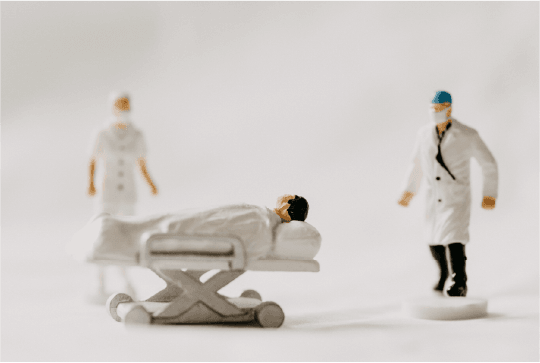Need2Know: A guide to death processes
For many of us, we know that death is a part of life, but we have no idea about the processes involved.
What happens when someone dies?
You can be thrown into managing the administrative aspects only when someone close to you has died and find yourself lost in a sea of tasks you don’t understand. Tasks that are only made more confusing and harder to understand through the haze of grief.
Taking some time to build some knowledge about death and some of the processes that might be involved can help to make a difficult time easier. It’s also helpful to be prepared, because frequently the steps around death are time critical – you often won’t have time to stop and think before taking action.

The formal documents and the differences between them
When someone dies, a registered medical professional will complete a Verification of Death at the time or as soon as possible after. This involves going through a set process which includes things like:
* No heart sounds heard for a minimum of three minutes
* No breath sounds heard for a minimum of three minutes.
The medical professional involved may also issue a Medical Certificate of Cause of Death.
But neither of these things are a Death Certificate.
A Death Certificate is issued when you register the death with Births, Deaths and Marriages, and is necessary to prove someone is deceased for administrative tasks like closing bank accounts and accessing benefits. Usually, a funeral director will complete the required forms to lodge with Births, Deaths and Marriages.
 Dying doesn’t need to be treated like an illness
Dying doesn’t need to be treated like an illness
If someone is in the final stages of their life and very unwell, you don’t need to accept unwanted medical interventions. We’re not talking about euthanasia – an entirely separate and important topic – but about when there is the case to withdraw life sustaining treatments.
Doctors can do a lot of things to keep someone alive. Things like feeding tubes, ventilators and CPR. But it’s not always the right choice. If you are dying and given CPR, you could sustain broken ribs. So you’ll be alive, but in pain.
Thinking about the interventions you will and won’t accept is important and should be clearly documented while you are in the position to do so. This is called an advanced care directive and clearly outlines the treatments you will accept, the life quality profile you want, and who can make decisions on your behalf.
Coroner involvement
If a death is sudden or unexpected, the coroner will almost always be involved. This can be intimidating for people, because our first thought is that it means a crime has occurred. That’s not the case. Sometimes the coroner needs to be involved, to close the process and make sure nothing has been overlooked.
Reportable deaths that require a coroner to investigate include:
- Violent or unnatural deaths
- Sudden deaths where the cause is unknown
- Deaths in unusual or suspicious circumstances
- Deaths that are not considered a reasonably expected potential outcome of a health procedure
- Deaths of patients in psychiatric hospitals, including those temporarily absent.
While it can be distressing to have a loved one’s death be subject to a coronial enquiry, it’s important to remember that most of the time it is a straightforward exercise designed to give you peace of mind.
What happens to the body
When someone dies, the body needs to be kept cold. Not freezing, but very cold. Not all aged care premises and hospitals are able to hold a body for more than a couple of hours, especially in warm weather.
Typically, the body will be transferred to the care of a funeral director who will either have their own storage and mortuary facilities, or access to them. If your funeral director operates from a small office, for example in a suburban shopping strip, the body will be stored in a different location. This means it can be convenient for planning the funeral, but you may not be able to see the body there if that is important to you.
Many people also find it a comfort to spend time with the body, to help digest the fact that they are gone. If someone you love has suffered during the last part of their life, seeing them at rest can be a powerful way of healing. You should be able to take your time and spend a few hours with the body, if that’s what you want.
Written by Karen Callaghan - Flamingo founder

Tell us what else you need to know about death, dying or being prepared.
Our “Need2Know” series is designed to provide clear, helpful information about death, advanced care planning, succession planning and end of life so you can make proactive choices. Death might be unavoidable but being unprepared for it is. Let us guide you.
Maybe you have something else you want to tell us?
We’re constantly working to make flamingo a better, more useful service, so if you have other feedback, please let us know.
If you liked this article please share:
Photos supplied by: Annie Spratt and Jonathan Borba on Unsplash
PLEASE NOTE: Our advice should be considered general in nature. We do not provide any legal, tax, medical or other professional advice and would advise that you seek expert professional or medical advice before making any decisions based on your individual circumstances.
Want to
stay up to date with what we're up to?
Stay in touch by subscribing to our newsletter. You'll receive our special offers, updates and more!




